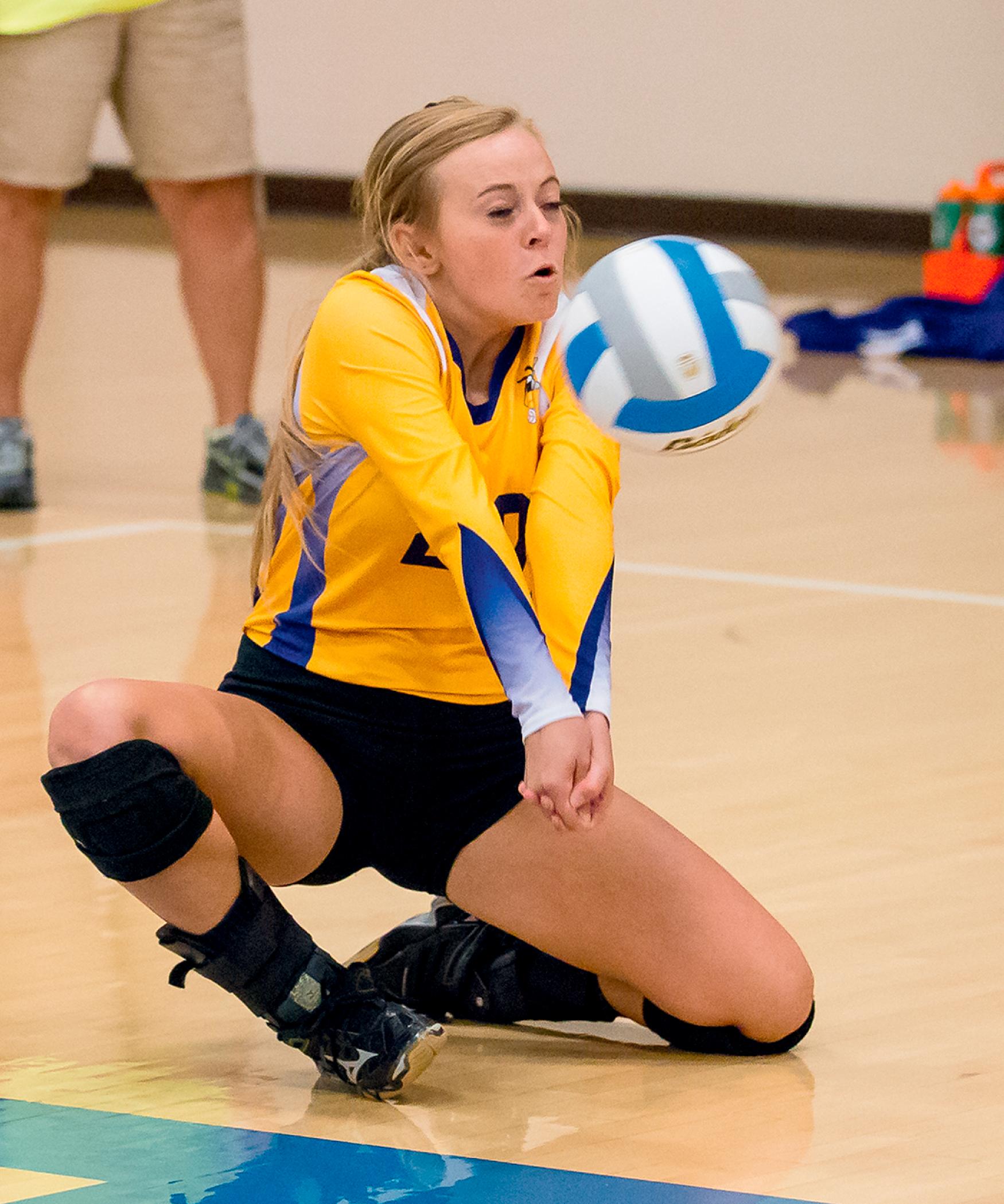Physical Address
304 North Cardinal St.
Dorchester Center, MA 02124
Volleyball is a popular sport played worldwide both recreationally and professionally.
Volleyball is a truly American game with origins back to the 1890s.
Made its debut at the Olympic Games in 1964.
It requires quick and explosive movements.
Volleyball is considered a noncontact sport.
Most injuries occur to blockers and hitters as opposed to passers and setters.
Certain positions are associated with specific injuries ( Table 73.1 ).
| Position | Location on Court | Function | Injuries |
|---|---|---|---|
| Setter | Front court | Set ball to hitter | Wrist tendinitis Finger injuries |
| Hitter (spiker) | Front court | Spike ball into opposing court | Ankle sprains Shoulder instability/impingement Spondylolysis Patellar tendinitis |
| Server (all players) | Back court | Serve ball | Shoulder instability/impingement |
| Blocker | Front court | Block or alter ball hit by opponent | Finger injuries Ankle sprains Patellar tendinitis |
| Passer | Back court | Receive serve | ContusionsInjuries of upper extremities Patellofemoral syndrome |
| Pass ball to setter | |||
| May need to dive for or “dig” ball | Low back pain |
Most injuries are related to jumping and landing.
A player landing from a jump near the net may accidentally come down on an opponent’s foot.
Acute injuries
Ankle and finger sprains make up a majority of acute injuries.
Most acute injuries occur near the net.
Serious injuries requiring significant time away are rare.
Overuse injuries
More common than acute injuries
Knee and shoulder injuries make up majority of overuse injuries
Patellar tendinitis is the most common
Occur more often in elite players because they spend more time doing drills than recreational players
Positions (see Table 73.1 )
Serve types
Float serve
The server immediately retracts the arm after hitting the ball.
This causes the ball to “float” through the air because it has no spin, making it hard to return, like a knuckleball.
Jump serve
The server gets a running start and then jumps high into the air, with the serve taking place at the top of the jump
Results in greater velocity and a sharp downward trajectory
Dig
Pass of a ball that was spiked very hard
Shank
When the ball goes in the wrong direction while attempting to pass
Players often wear a long-sleeved jersey to allow for safer sliding on the court during dives and slides.
Elbow and knee pads can be worn ( Fig. 73.1 ).

Padded pants can help prevent contusions to the greater trochanters, iliac crests, and anterior aspect of the knees.
Sand socks can be worn during beach volleyball to protect the feet.
Calling the balls (i.e., yelling “mine”) helps reduce the chance of colliding with another player.
Players are generally not allowed to cross the center line, as this can lead to injuries when a player comes down on an opponent’s foot. The exception to the rule is doubles and beach volleyball.
Most common acute injury in volleyball, accounting for up to half of all acute injuries.
Often occurs when a spiker or blocker lands from a jump around the net on another player’s foot, causing an inversion injury.
After first ankle sprain, player has increased incidence for recurrence.
Ankle rehabilitation should focus on physical therapy emphasizing joint proprioception.
Prevention
Wearing an ankle brace after an ankle sprain has been shown to reduce the incidence of recurrence in volleyball players.
Evidence suggests that preseason plyometric exercises, similar to those used to prevent anterior cruciate ligament (ACL) injuries, may help prevent ankle sprains.
Most commonly involve metatarsal, navicular, and sesamoid bones.
Can occur during beach volleyball where shoes are not worn.
Hyperplantarflexion injury to the first metatarsophalangeal joint.
Increased pain with push-off, running, and jumping.
Nonoperative treatment with toe strengthening, rest, ice, and anti-inflammatory medications. Need for surgical intervention is rare.
Become a Clinical Tree membership for Full access and enjoy Unlimited articles
If you are a member. Log in here